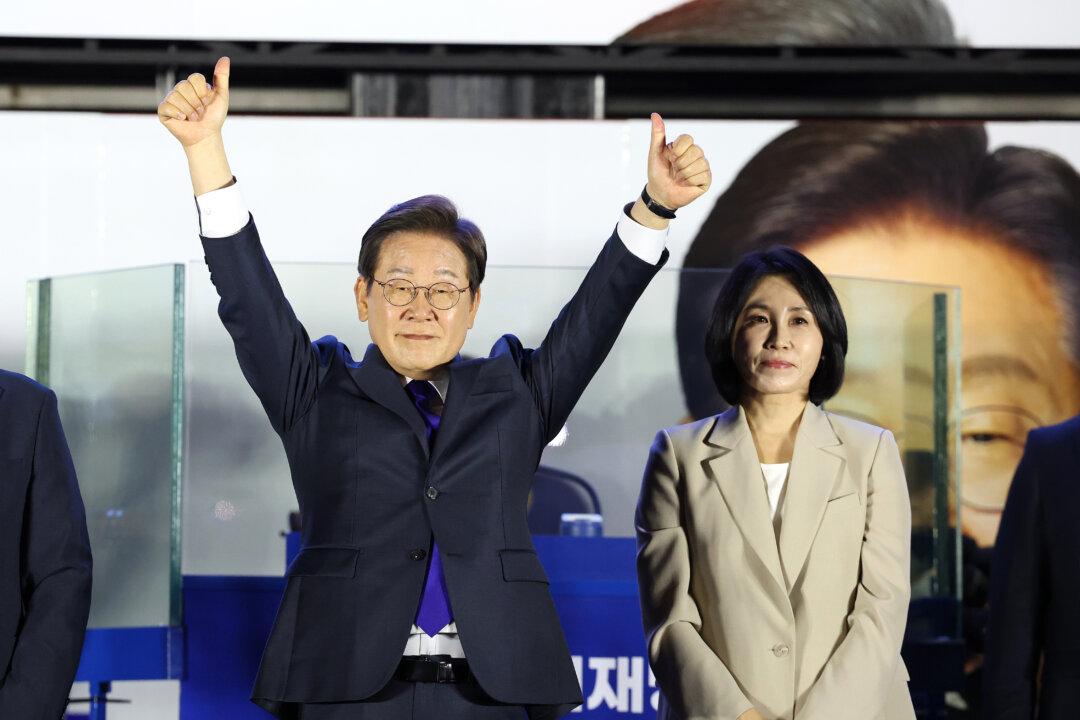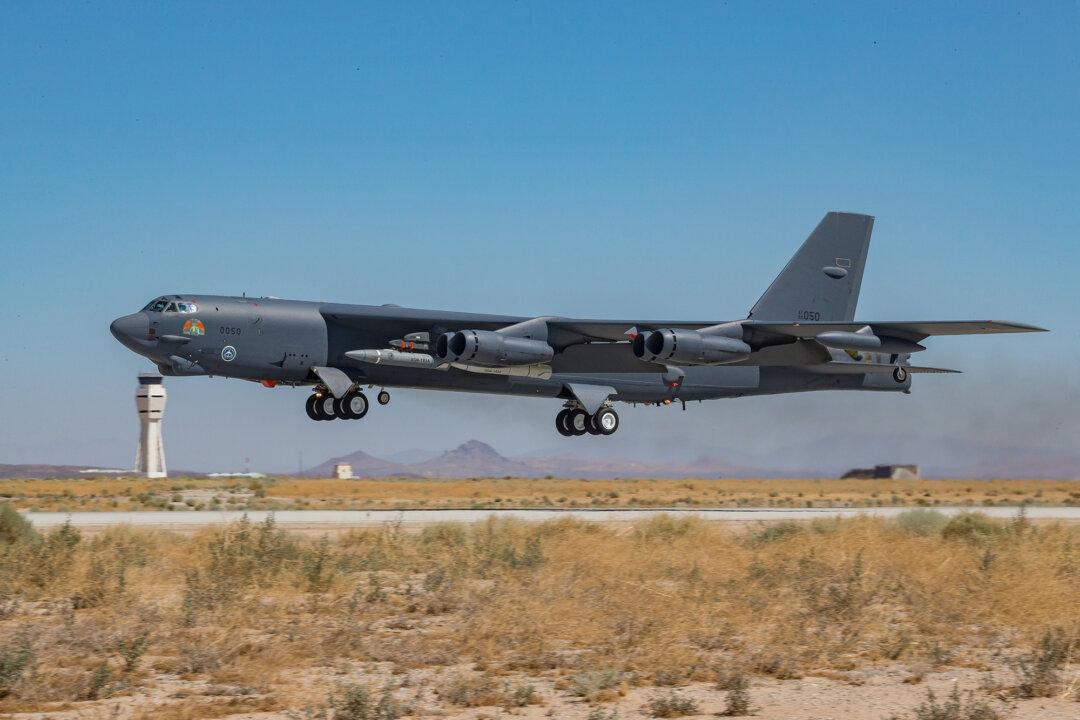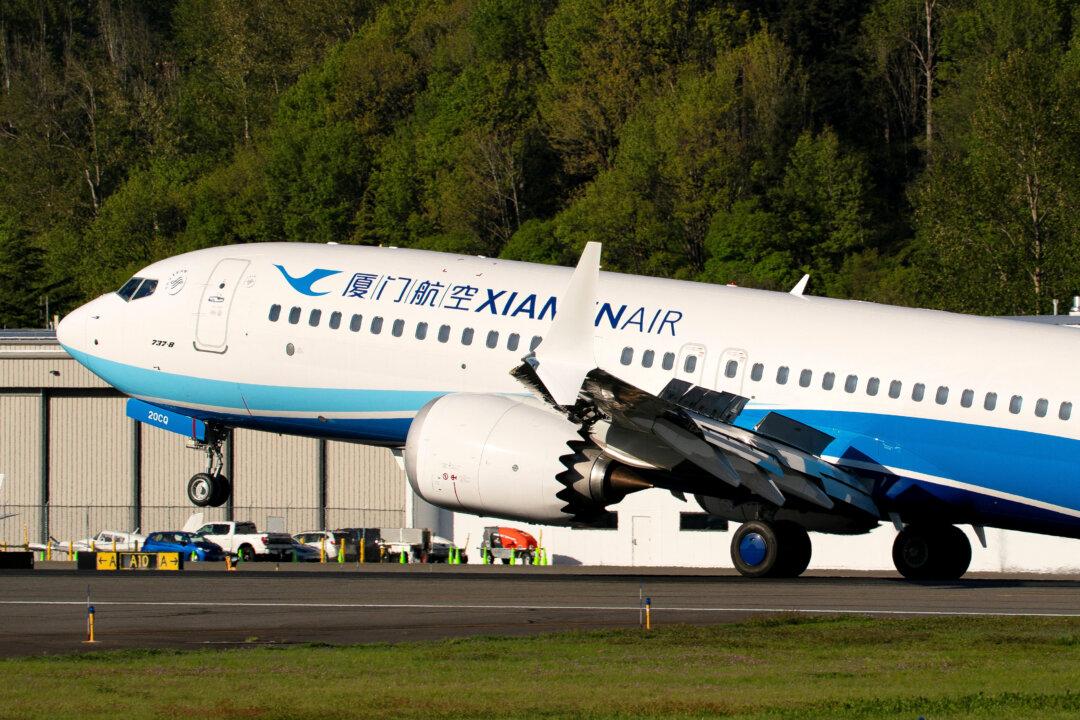Commentary
In some ways, war with the Chinese Communist Party (CCP) started when an Australian aircraft carrier was sold for scrap in 1985. The obscure story of the HMAS Melbourne is fascinating tale of glory in service and intrigue after being paid off.





